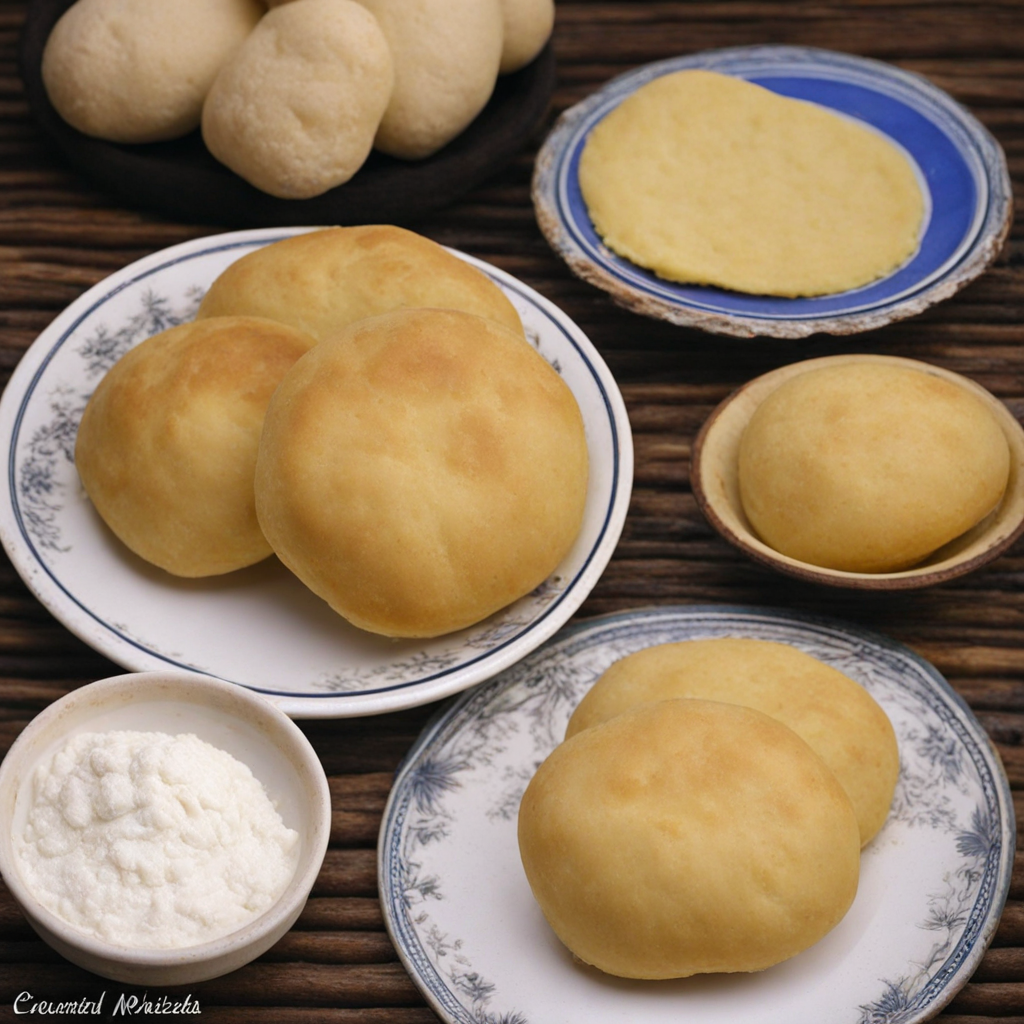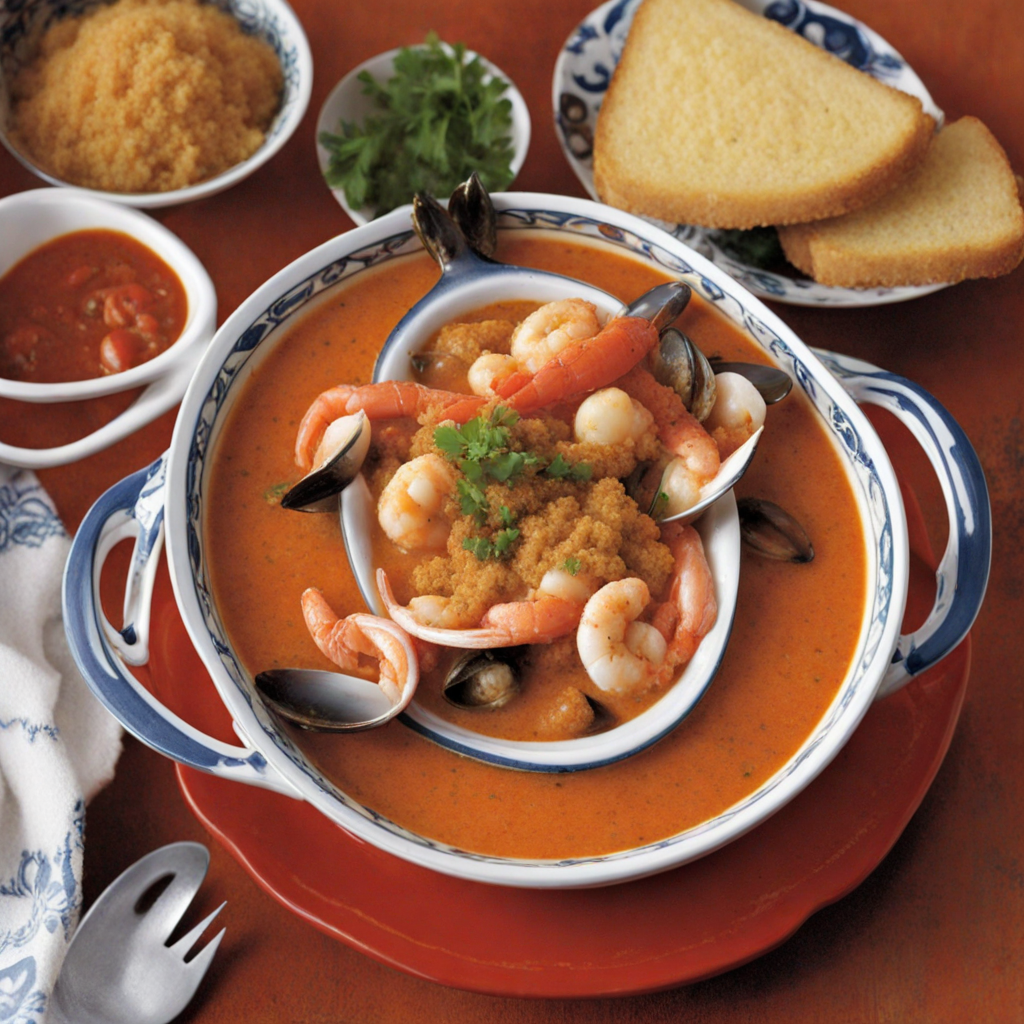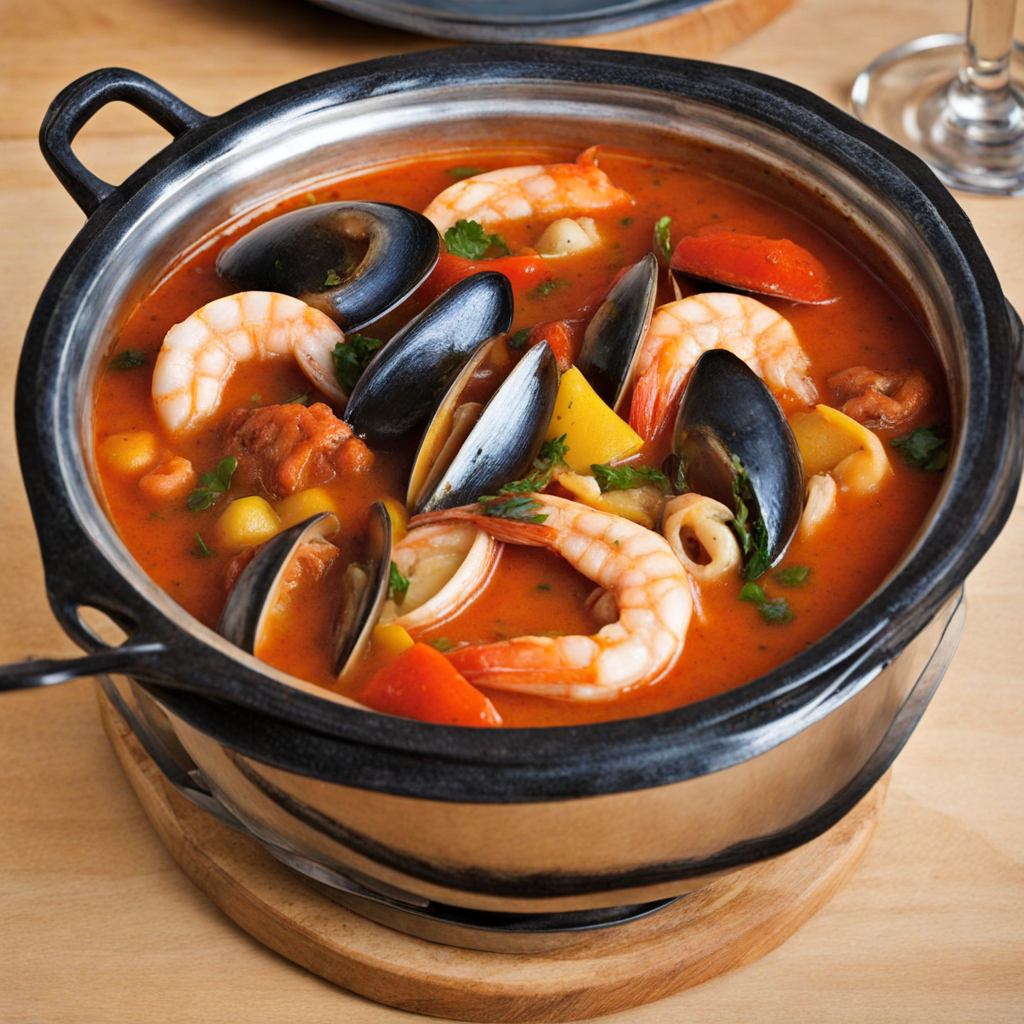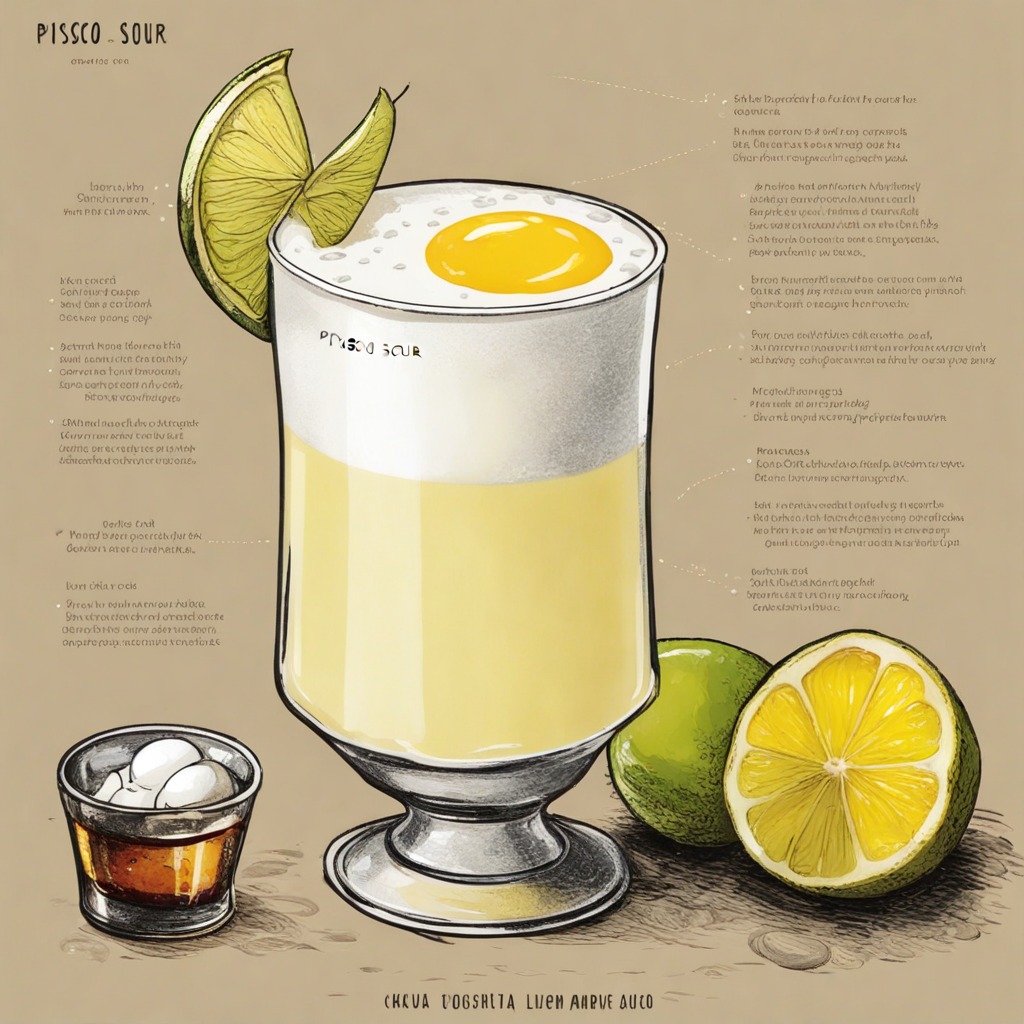Chapaleles
Chapaleles are a delightful culinary creation hailing from the vibrant landscapes of Chile, particularly popular in the southern regions. They are essentially potato dumplings, made from a mixture of mashed potatoes and flour, which gives them a soft, pillowy texture that melts in your mouth. The simplicity of the ingredients belies the complexity of their flavor, as they are often infused with a touch of salt and sometimes a hint of herbs, making each bite a comforting experience. Traditionally, chapaleles are served as a side dish, complementing rich stews and grilled meats, but they can also stand alone as a satisfying snack or light meal.
How It Became This Dish
The History of Chapaleles: A Taste of Chilean Tradition Chapaleles, a delightful culinary gem from the southern regions of Chile, particularly the Lakes District, encapsulates the rich tapestry of Chilean heritage and the fusion of indigenous and colonial influences. These delectable potato dumplings, typically made from a mixture of mashed potatoes and wheat flour, are a testament to the resourcefulness of rural communities and their ability to adapt and innovate culinary traditions over time. #### Origin: The Roots of Chapaleles The origins of chapaleles can be traced back to the indigenous peoples of Chile, particularly the Mapuche, who have cultivated the land for centuries. The Mapuche nation's deep connection to the earth and their agricultural practices laid the groundwork for many traditional Chilean foods. Potatoes, a staple crop, were a cornerstone of their diet, valued not just for their nutritional content but also for their versatility. When the Spanish conquistadors arrived in the 16th century, they brought with them new agricultural techniques and ingredients, including wheat. The intermingling of these two culinary worlds led to the creation of chapaleles, which are essentially a fusion of indigenous potato-based recipes and European wheat flour techniques. This blend of cultures, ingredients, and cooking methods reflects the broader history of Chilean cuisine, which often tells the story of adaptation and survival. #### Cultural Significance: More than Just Food Chapaleles hold a significant place in Chilean culture, especially in the southern regions where they are a staple. They are commonly served during family gatherings, celebrations, and traditional festivals, embodying the spirit of communal living. The process of making chapaleles is often a family affair, where generations come together to prepare the dish, reinforcing family bonds and passing down culinary knowledge. In many Chilean households, chapaleles are not just a meal but a symbol of heritage and identity. They reflect the resilience of the Chilean people, particularly in the face of economic challenges and social changes. The dish is often associated with rural life and is seen as a comfort food that evokes nostalgia for simpler times. In this sense, chapaleles are more than just a culinary delight; they represent a connection to the land, the past, and the community. #### Development Over Time: From Tradition to Modernity As Chilean society evolved, so did the preparation and presentation of chapaleles. Traditionally, these dumplings were boiled and served with a variety of accompaniments, such as pebre (a Chilean condiment made with tomatoes, onions, cilantro, and chili) or a simple sauce made from butter and garlic. However, as culinary trends changed and urbanization increased, chapaleles began to take on new forms. In contemporary Chile, chapaleles have found their way onto restaurant menus, often presented with a modern twist. Chefs are experimenting with flavors and techniques, incorporating local ingredients such as cheese, herbs, and even seafood, reflecting the diverse landscape of Chilean cuisine. This evolution has not diminished the traditional aspects of the dish; rather, it has enhanced its relevance in modern culinary culture while still honoring its roots. Moreover, the rise of food tourism in Chile has brought chapaleles to the attention of international palates. Travelers seeking authentic experiences often find themselves drawn to this traditional dish, eager to learn about its history and the stories it carries. Food festivals celebrating Chilean cuisine frequently highlight chapaleles, allowing chefs and home cooks alike to showcase their unique takes on the dish. #### Regional Variations: A Reflection of Diversity While chapaleles are widely recognized across Chile, regional variations have emerged, showcasing the country's culinary diversity. In the Lakes District, chapaleles are often made with a higher proportion of potatoes, resulting in a denser texture. Conversely, in coastal regions, chefs may incorporate local seafood into the dumplings or serve them alongside seafood stews. In some areas, chapaleles are also served as a side dish to complement meats, particularly lamb or beef, while in others, they can be the star of the meal, garnished with fresh herbs and sauces. This adaptability highlights the versatility of chapaleles and their ability to bridge various culinary traditions within Chile. #### Chapaleles in the Modern Era: A Culinary Revival In recent years, there has been a renewed interest in traditional Chilean foods, driven by a growing appreciation for local ingredients and sustainable practices. Home cooks and chefs are increasingly turning to ancestral recipes, and chapaleles have emerged as a symbol of this culinary renaissance. Food activists advocate for the preservation of traditional dishes, emphasizing the importance of local agriculture and seasonal ingredients. Furthermore, the rise of social media has played a significant role in promoting chapaleles and other traditional dishes. Food bloggers and influencers often share recipes, cooking tips, and personal stories related to chapaleles, sparking conversations about cultural heritage and the significance of food in shaping identity. This digital platform has allowed chapaleles to reach a global audience, inviting people from diverse backgrounds to explore and appreciate Chilean cuisine. #### Conclusion: Chapaleles as a Culinary Legacy Chapaleles are more than just a dish; they are a flavorful representation of Chilean history, culture, and identity. From their indigenous roots and colonial influences to their modern iterations, chapaleles have evolved while remaining deeply connected to their origins. They serve as a reminder of the resilience of the Chilean people and their ability to adapt, innovate, and celebrate their culinary heritage. In every bite of chapaleles, one can taste the rich history of Chile – the land, the people, and the traditions that have shaped a vibrant culinary landscape. As the world continues to embrace diverse cuisines, chapaleles stand as a testament to the enduring power of food to connect us to our past while paving the way for future generations to enjoy and innovate. In this way, chapaleles will continue to be a cherished dish, serving not just as sustenance but as a vessel of cultural significance for years to come.
You may like
Discover local flavors from Chile







